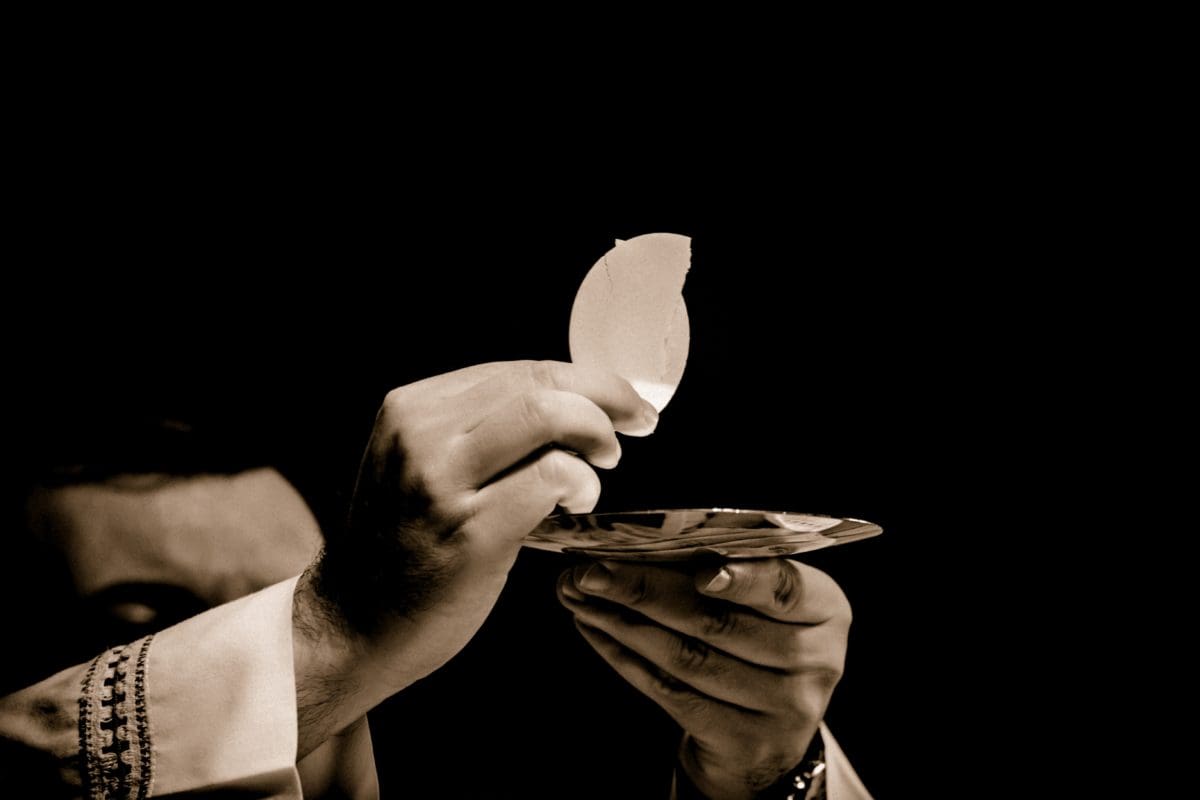A: First of all, it is helpful to understand which days are considered days of “obligation,” when the faithful attend Mass (either on the Feast Day or the evening preceding) and are to “abstain from those works and business which hinder the worship to be rendered to God, the joy proper to the Lord’s day, or the suitable relaxation of mind and body” (Canon 1247). According to Canon 1246 §1, the universal Church recognizes, apart from Sunday, which she calls “the primordial holy day of obligation,” ten days as holy days:
- The Nativity of our Lord Jesus Christ, December 25
- The Epiphany, January 6
- The Ascension, Thursday of the 6th week of Easter
- The Body and Blood of Christ, Thursday after Trinity Sunday
- Holy Mary the Mother of God, January 1
- The Immaculate Conception, December 8
- The Assumption of Mary, August 15
- The Feast of St. Joseph, March 19
- Peter and Paul the Apostles, June 29
- All Saints, November 1
The universal Church law allows for local conferences of bishops, with the Vatican’s approval, to suppress some of these days or to transfer them to a Sunday (Canon 1246 §2). Some countries even add to this list of holy days of obligation the celebration of certain feasts or saints of local importance, such at St. Patrick in Ireland. In the United States the obligatory character of St. Joseph (March 19) and Sts. Peter and Paul (June 29) has been suppressed. The Solemnities of the Epiphany (January 6), the Ascension (Thursday of the Sixth Week of Easter), and the Body and Blood of Christ (Thursday after Trinity Sunday) have been transferred to Sunday. (Some dioceses in the United States, it should be noted, still observe as a day of obligation Ascension on the Thursday of the Sixth Week of Easter). In these cases, the Solemnities are no longer strictly speaking holy days “of obligation,” yet the obligations attached to them remain insofar as they now fall on a Sunday.
For dioceses in the U.S., there are five days remaining that can be called “holy days of obligation”: Mary the Mother of God (January 1), the Assumption of Mary (August 15), All Saints Day (November 1), the Immaculate Conception (December 8), and Christmas (December 25). But of these five days, three of them have an “exceptional” quality. Whenever one of the first three solemnities—Mary the Mother of God, the Assumption, and All Saints Day—falls on a Saturday or a Monday, the obligation to attend Mass and refrain from unnecessary work is lifted. In other words, these days are still observed (Monday, January 1, 2017 will still be the Solemnity Mary, the Mother of God), but the obligations attached to them are removed. The last two of these five Solemnities—the Immaculate Conception and Christmas—always retain the obligation, regardless of whether they fall on a Saturday or Monday. The reason is that both of the December holy days have such high importance: Christmas because it marks, after the Passion, the most important moment in the life of Christ, and the Immaculate Conception because Mary, under this title, is the Patroness of the United States.

